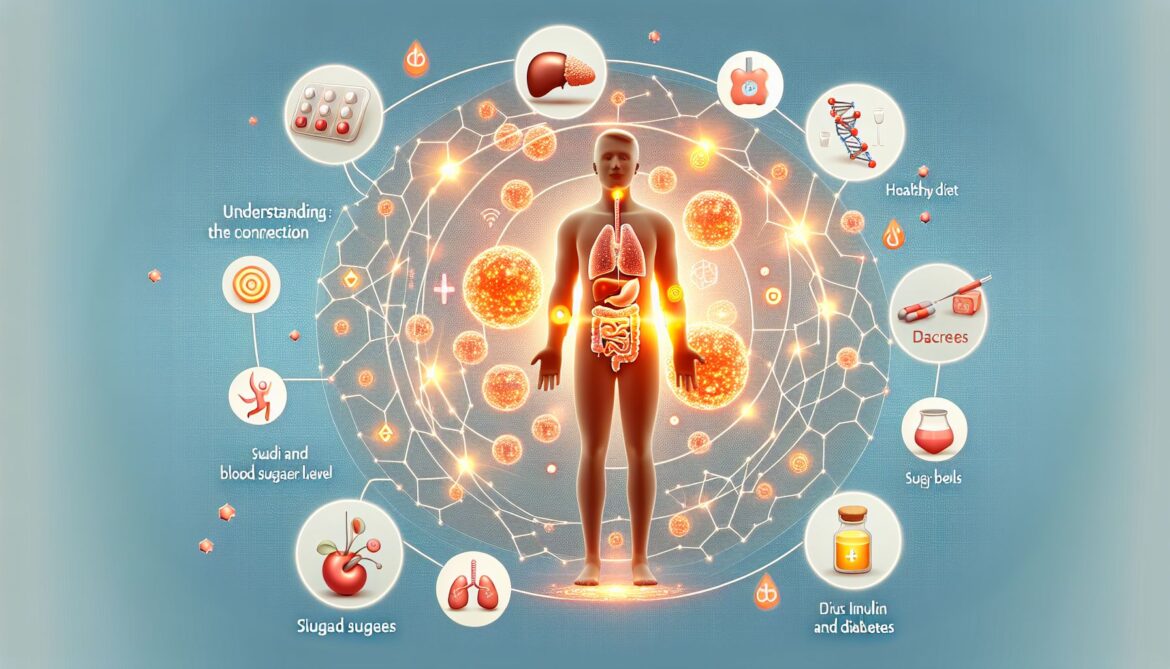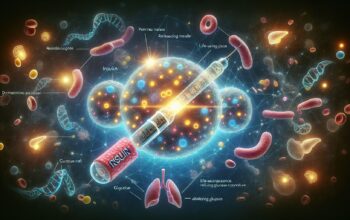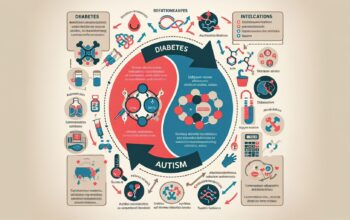Globally, nearly half a billion people suffer from diabetes, with 90% of this number grappling with type 2 diabetes. However, figures from recent studies show that about 60% of this group needs insulin treatment to manage their condition, underlining the critical role it plays. This article delves into the intricacies of insulin and diabetes and helps demystify the link between these two counterparts.
Understanding the Basics: What Is Insulin?
Before discussing the connection between insulin and diabetes, it’s crucial to understand what insulin is and why it’s crucial. Simply put, insulin is a hormone produced in the pancreas that regulates the amount of glucose in the blood. The body’s cells need glucose for energy, and insulin’s primary role is to allow cells in the body to take in glucose.
After you eat, the carbohydrates in your food break down into glucose, raising your blood glucose (or blood sugar) levels. That prompts your pancreas to release insulin, which enables the glucose to enter your cells and reduce the sugar to healthy levels in the bloodstream.
The Crucial Link: How Are Insulin and Diabetes Related?
The relationship between insulin and diabetes is a complex and interconnected one. Essentially, it is the malfunctioning of insulin production or action (or both) that leads to diabetes. Diabetes can be categorized into two main types, each having a distinct relationship with insulin:
1. Type 1 Diabetes
In type 1 diabetes, the body’s immune system mistakenly destroys the insulin-producing pancreatic cells, resulting in very little to no insulin production. Without sufficient insulin, cells cannot access the glucose they need for energy, causing high blood glucose levels. This form of diabetes is usually diagnosed in children and young adults, hence its previous moniker, “juvenile diabetes.”
2. Type 2 Diabetes
Type 2 diabetes, on the other hand, develops when the body’s cells become resistant to insulin. Your pancreas then tries to compensate by producing more insulin. However, over time, it can’t keep up, and the glucose builds up in your blood.
Getting Ahead: The Role of Insulin Therapy in Diabetes Management
One of the main pillars of diabetes management, especially for those suffering from type 1 diabetes and some with advanced type 2 diabetes, is insulin therapy. Treatment with insulin can not only control blood sugar levels but also prevent or manage complications linked to diabetes.
However, insulin therapy is not a one-size-fits-all solution. The therapy plan should be customized based on individual needs, considering factors like lifestyle, age, weight, and overall health.
Principles of Insulin Therapy
Insulin therapy mimics the activity of a healthy pancreas. Estimating insulin needs requires understanding the concept of basal and bolus insulin. Basal insulin is administered to control glucose levels between meals and overnight, while bolus insulin is responsible for controlling blood glucose levels after meals. The precise amounts of basal and bolus insulin needed are calculated based on the individual’s sensitivity to insulin, lifestyle, diet habits, and glucose control target.
Types of Insulin
There are several insulin types used to treat diabetes, and they differ in how fast they work, when they peak, and how long they last. These include:
- Rapid-acting insulin: It begins working within 15 minutes and peaks at around 1 hour but lasts 2-4 hours.
- Short-acting insulin: It usually starts working within 30 minutes, peaking at 2-3 hours. It can last 3-6 hours.
- Intermediate-acting insulin: It begins working within 1-3 hours and peaks at around 8 hours but can last 12-16 hours.
- Long-acting insulin: It starts working a few hours after injection and lowers glucose levels fairly evenly over a 24-hour period.
These different insulin types allow for tailored treatment regimens. For example, a person with type 1 diabetes may need a mix of rapid- and long-acting insulin to keep their blood sugar levels stable throughout the day.
Insulin Delivery
Insulin can be administered through injections using a syringe, insulin pen, or insulin pump. For those with type 1 diabetes or advanced type 2 diabetes, continuous insulin pump therapy might be a better choice, providing the added convenience of delivering precise doses of insulin 24/7.
Staying in Control: The Future of Insulin Therapy
Managing diabetes with insulin therapy can feel like walking a tightrope, balancing the need for tight blood glucose control with the risk of hypoglycemia (very low blood glucose). Continuous development of insulin analogs and technological devices offers not just better diabetes control, but also the hope for improved quality of life for people with diabetes.
For example, artificial pancreas technology links continuous glucose monitoring to insulin delivery, adjusting the insulin dosage automatically, depending on current blood glucose levels. This intelligent control helps reduce the risk of hypoglycemia while maintaining good glucose control – bringing us one step closer to ‘free living’ for people with diabetes.
Conclusion
The link between insulin and diabetes is more than just intricate; it’s a bond that defines the existence of diabetes itself. Proper understanding of this relationship and advancements in insulin therapy can undoubtedly improve the quality of life for those living with diabetes. Remember, every diabetic person is unique, and so is their insulin requirement. Personalized diabetes care is vital to lead a healthy and fulfilling life while managing diabetes effectively.




